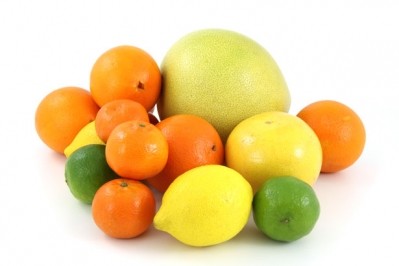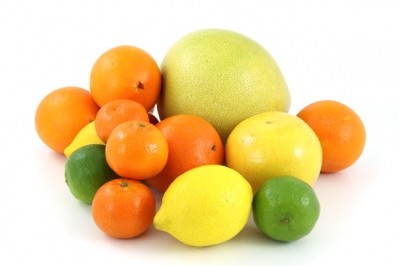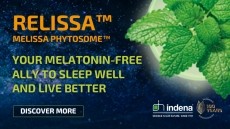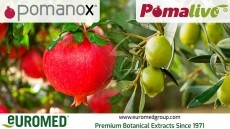Bitter orange standard developed amid safety concerns
orange that will allow interested parties to "develop and test
analytical methods for compounds in bitter orange".
Bitter orange has gained in profile since ephedra was banned by the Food and Drug Administration in 2004 as it contains similar compounds and has been favored by dietary supplements manufacturers as an ephedra substitute. But, as with ephedra, safety concerns surround the herb, and the National Institute of Standards and Technology (NIST), the government body that has published the standard, implied safety concerns were the motivating force behind its new standard. Safety concerns In a statement published yesterday announcing its development of the first Standard Reference Materials (SRMs) for bitter orange, NIST referenced another US government research body expressing concern about the safety of bitter concern. "There is not enough scientific evidence to support the use of bitter orange for health purposes," it quotes the National Institute of Health's (NIH) National Center for Complementary and Alternative Medicine (NCCAM) as saying. NCCAM goes on to say that "many herbal weight-loss products now use bitter orange peel in place of ephedra. However, bitter orange contains the chemical synephrine, which is similar to the main chemical in ephedra. The FDA banned ephedra because it raises blood pressure and is linked to heart attacks and strokes: it is unclear whether bitter orange has similar effects. There is currently little evidence that bitter orange is safer to use than ephedra." This comes at a time when the weight loss category is under siege from pharma giant GlaxoSmithKline which has lodged a petition with FDA to prevent all dietary supplements, including those containing bitter orange, from making weight loss claims. Orange crush The American Herbal Products Association chief science officer, Steven Dentali, said he was surprised a third-party analysis service had presented such information in its release about an ingredient that was legally available for use in dietary supplements in both the US and Canada and other parts of the world. "It has no place in an announcement of a standard reference material and detracts from the utility of that good program," he told NutraIngredients.com. "I think it's clearly implying that bitter orange is the evil twin of ephedra." The standard was nonetheless valuable as a calibration device, he said. "The availability of this reference material allows laboratories to compare their bitter orange test results with the results obtained from a material. It helps to know what numbers you should get in order to know if your results are any good." The NIST SRMs represent bitter orange in three forms: ground fruit (SRM 3258), extract (SRM 3259) and tablets (SRM 3260) and confirm concentration values for synephrine, octopamine, tyramine, N-methylytramine, hordenine, total alkaloids and caffeine. The NIST standards can be viewed here by typing in the reference numbers above or 3261. The bitter orange standard, which also goes by the names Seville orange, sour orange, and Zhi shi, was supported by NIH's Office of Dietary Supplements and the FDA Center for Drug Evaluation and Research. In addition to its weight loss links, bitter orange is said to relieve heartburn, loss of appetite and nasal congestion as well as skin infections such as ringworm and athlete's foot. Bitter orange is most often consumed in pill-form but can also be applied to the skin.














